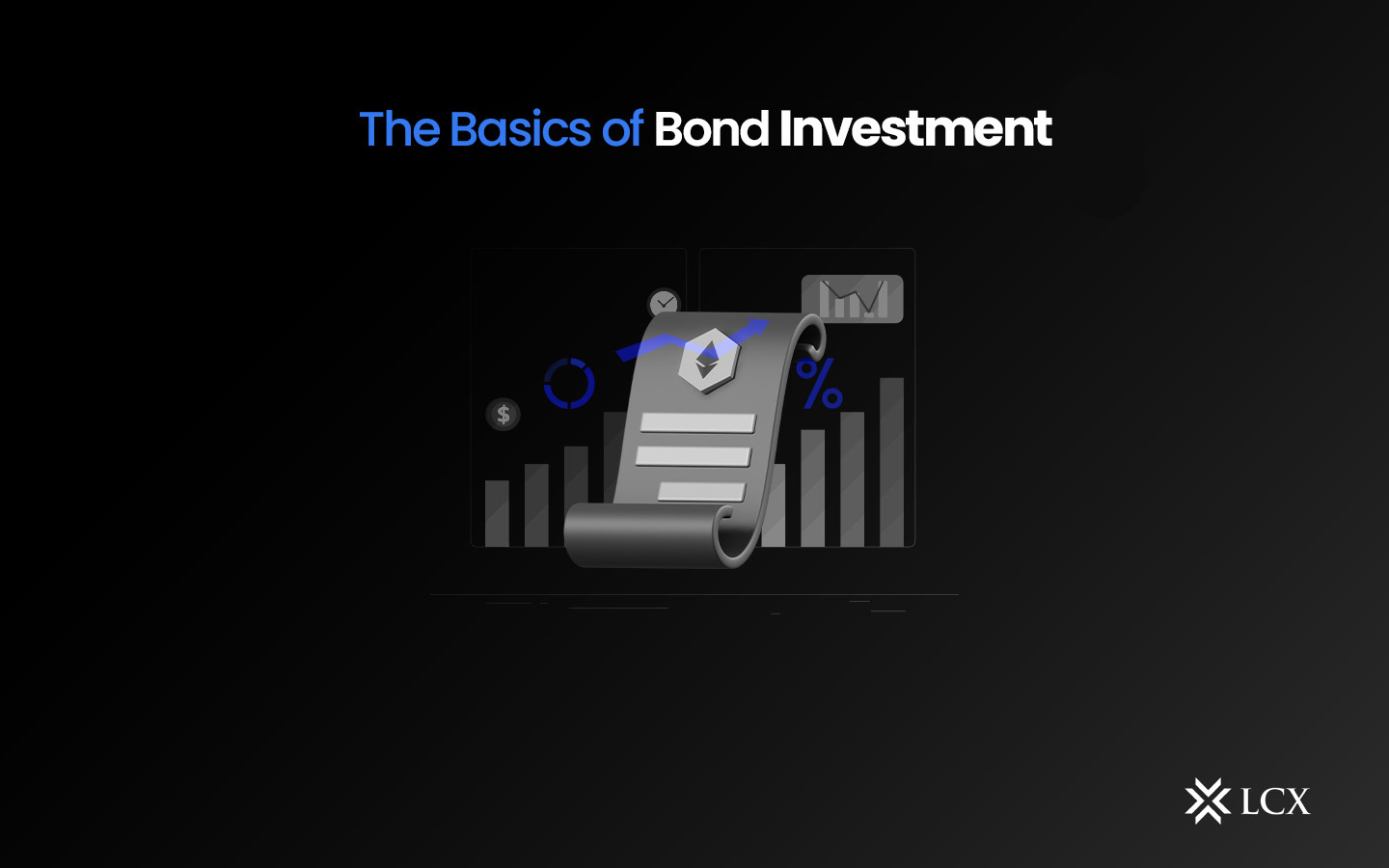Bonds, usually referred to as “fixed-income instruments,” are used by corporations and governments to borrow money from investors in exchange for regular interest payments and the promise of repayment of the principal amount at a later date. Investment in bonds is a lucrative investment for users, as they typically offer a fixed rate of return and thus serve as a more stable and predictable investment instrument than stocks.
Bonds come in a variety of forms, including government bonds, municipal bonds, corporate bonds, and high-yield bonds. Each type of bond has its characteristics and hazards, which investors must carefully analyze when picking which bonds to purchase.
Types of Bonds
There are several types of bonds available in the financial markets, each with its own unique characteristics and risks. The most common types of bonds are:
- Corporate bonds: They are issued by corporations and are backed by the company’s assets and future earnings. They generally offer higher yields than government bonds but have greater default risk.
- Government bonds: Government bonds are among the safest investments because they are issued by governments. Government bonds often offer lower returns than corporate bonds and are backed by the faith and credit of the government.
- Municipal bonds: Municipal bonds are primarily used to finance public projects and are issued by state and municipal governments. They are exempt from federal taxes and possibly state and local taxes as well.
- High-yield bonds: Also known as junk bonds, they are a type of corporate bond that is at high default risk compared to investment-grade bonds. Investors with a lower tolerance for risk may want to avoid investing in junk bonds.
- Treasury bonds: Treasury bonds, also known as T-bonds are issued by the federal government of the country, and are backed by the faith and credit of the respective government. Treasury bonds are generally considered risk-free, but they don’t yield high returns, unlike corporate bonds.
- Tokenized bonds: Tokenized bonds are a form of digital asset that represents ownership in a specific bond. They are issued on a blockchain, which means that they can be transferred and traded without the need for intermediaries such as banks or brokerages. Tokenized bonds can be denominated in fiat currency or cryptocurrency and offer a range of features such as interest payments, principal repayment, and maturity dates.
LCX Launches LCX Earn: Where Traditional Finance Meets Tokenization
LCX Earn offers fixed yield offerings based on regulatory compliant tokenized bonds, endorsed by the regulator, and passported across the European Economic Area (EEA). The EURt7 Tokenized Bond is the first offering of this kind, launched today at LCX.
As the popularity of digital assets continues to rise, the potential for regulatory scrutiny has become a growing concern. Recognizing this challenge, LCX has taken the initiative to provide tokenized bonds as regulated securities, assuring compliance with financial regulations while providing a safe, fixed-yield investment opportunity.
LCX Earn comprises a set of four tokens that will transform the world of compliant tokenized bonds for BTC, ETH, and LCX tokens. The bonds are comprised EURt7, BTCt7, ETHt7, and LCXt7. By offering these bonds in a regulated way with a 7% p.a return, LCX has not only solved regulatory concerns over tokenized bond investment but also provided customers with a more secure and dependable investment choice.
LCX Earn is a revolutionary breakthrough in the field of tokenized finance, giving our users a compliant and secure investment opportunity.










